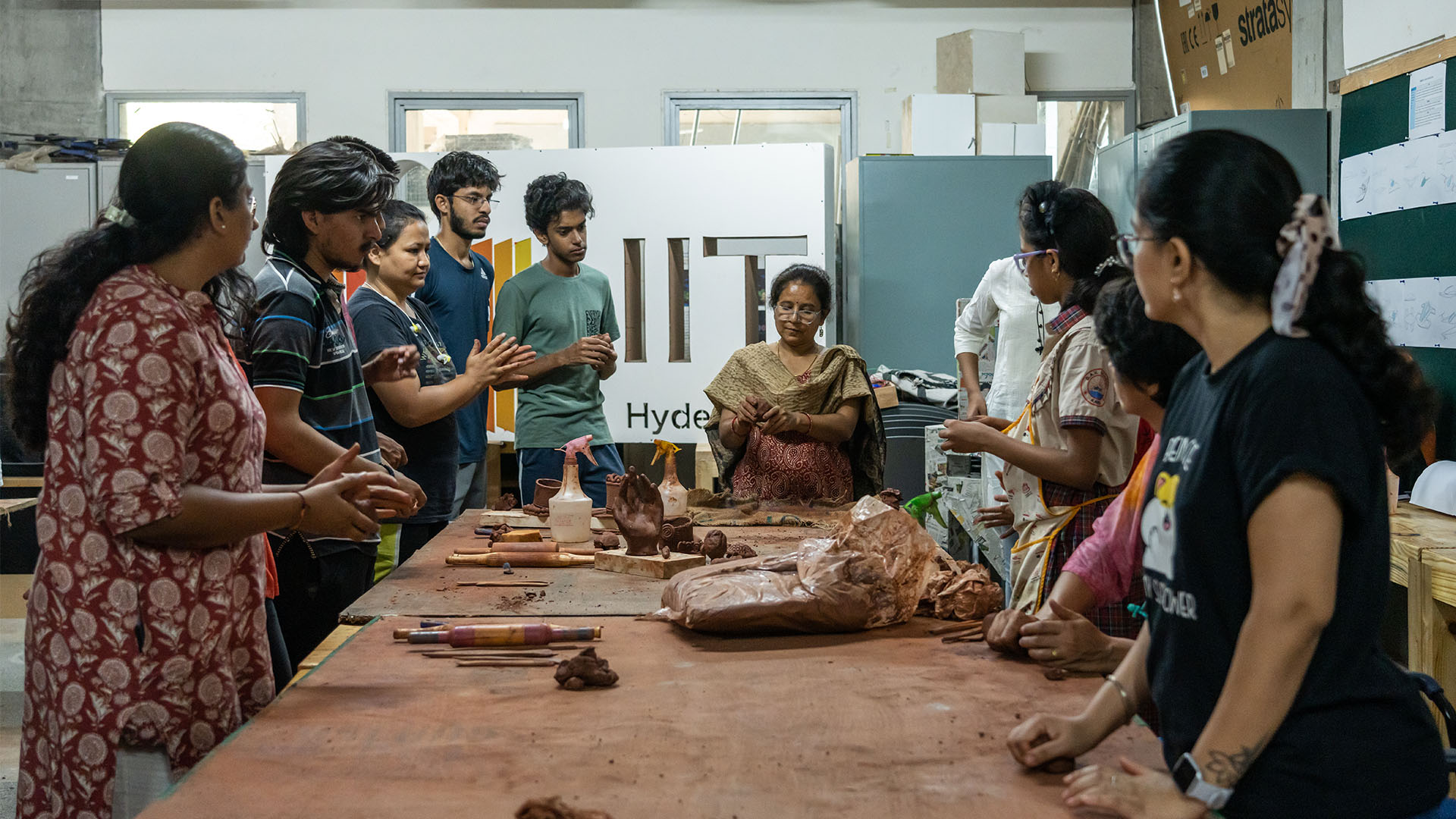

If you want to require users to load the components as an extension explicitly via a pn.extension call you can declare an _extension_name.The material-ui "build:es2015" script is anycodings_material-ui building commonjs scripts, not ES2015.Īnycodings_material-ui 'use strict' Object. codesandbox: online code editor and ide for rapid web development. Note that in a notebook as long as the component is imported before the call to pn.extension all its dependencies will be loaded automatically. To make this possible ReactiveHTML components may declare _javascript_, _javascript_modules_ and _css_ attributes, specifying the external dependencies to load.

Often the components you build will have dependencies on some external Javascript or CSS files. 'save', 'line_width', 'color': Use the data object to get and set the current state of the parameter values 'start', 'draw': Use the event object provided by the onmousedown and onmousemove inline callbacks 'render': Uses the state object to easily access the canvas rendering context in subsequent callbacks and accesses the canvas DOM node by name. It also makes extensive use of the available objects in the namespace:

To use it, add the boxicons.js file to the page: To use an icon, add the box-icon element to the location where the icon should be displayed: To use solid icons or logos add attribute type as solid or logo. 'line_width' and 'color' are invoked when the parameters change (i.e. Boxicons includes a Custom Element that makes using icons easy and efficient. This kind of component must declare a HTML template written using Javascript template variables ( $ syntax in inline callbacks The ReactiveHTML provides bi-directional syncing of arbitrary HTML attributes and DOM properties with parameters on the subclass. This approach is very helpful when we want to wrap multiple existing Panel components into a easily reusable unit. It can be placed in a Panel layout component (such as a Row or Column) It renders itself in a notebook (like all other Panel components) Implementing a component by subclassing the Viewer baseclass gives the component a number of useful affordances: Column ( '# This is a custom widget', range_widget ) file setup which loads the ag-Grid scripts from CDN (our favorite one is unpkg). value ) range_widget = EditableRange ( name = 'Range', value = ( 0, 10 )) pn. Developers using ag-Grid are building applications that would not be. depends ( '_start_input.value', '_end_input.value', watch = True ) def _sync_params ( self ): self. depends ( 'value', 'width', watch = True ) def _sync_widgets ( self ): self. _sync_widgets () def _panel_ ( self ): return self. Integer ( default = 300 ) def _init_ ( self, ** params ): self. Range ( doc = "A numeric range." ) width = param. The class creates the widgets and then sets up callbacks to sync the parameters on the underlying widgets with the parameters on the Viewer component and then implements the _panel_ method, which returns the Panel layout to be rendered when displaying the component:įrom panel.viewable import Viewer class EditableRange ( Viewer ): value = param. The core mechanism that makes this possible is the implementation of a _panel_ method on the class, which Panel will call when displaying the component.īelow we will declare a composite EditableRange component made up of two FloatInput widgets. These components simply wrap other Panel object and make it possible to compose them as a unit just like any native Panel component. The simplest way to extend Panel is to implement so called Viewer components. In this user guide we will go over these approaches and compare the benefits and drawbacks. Panel provides multiple mechanisms to extend and compose diffferent components or even add entirely new components. When building custom applications and dashboards it is frequently useful to extend Panel with custom components, which are specific to a particular application.


 0 kommentar(er)
0 kommentar(er)
